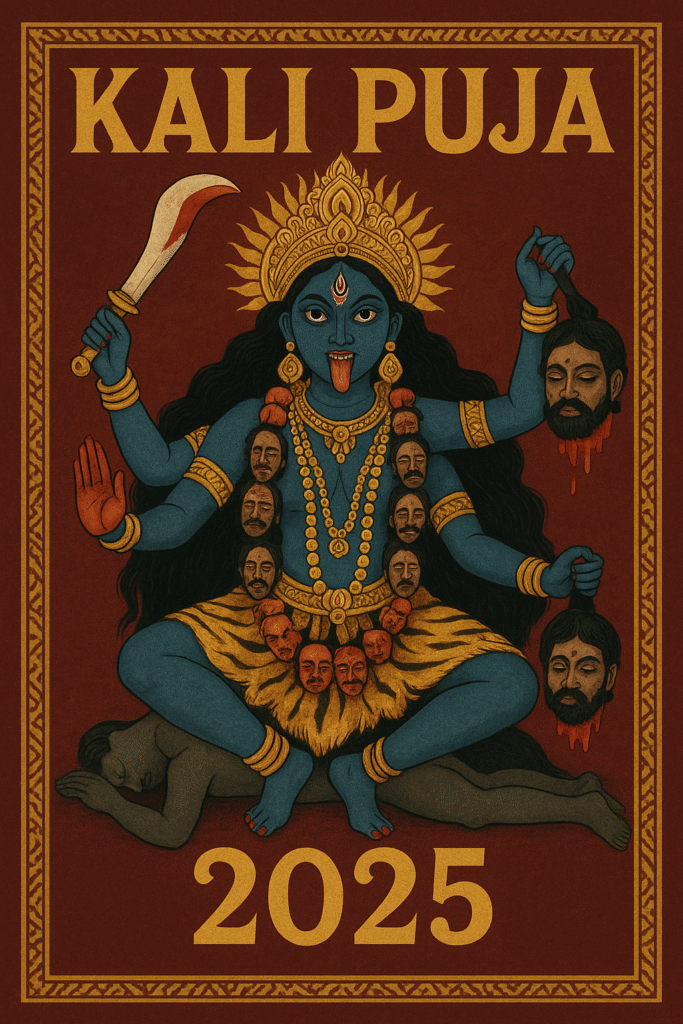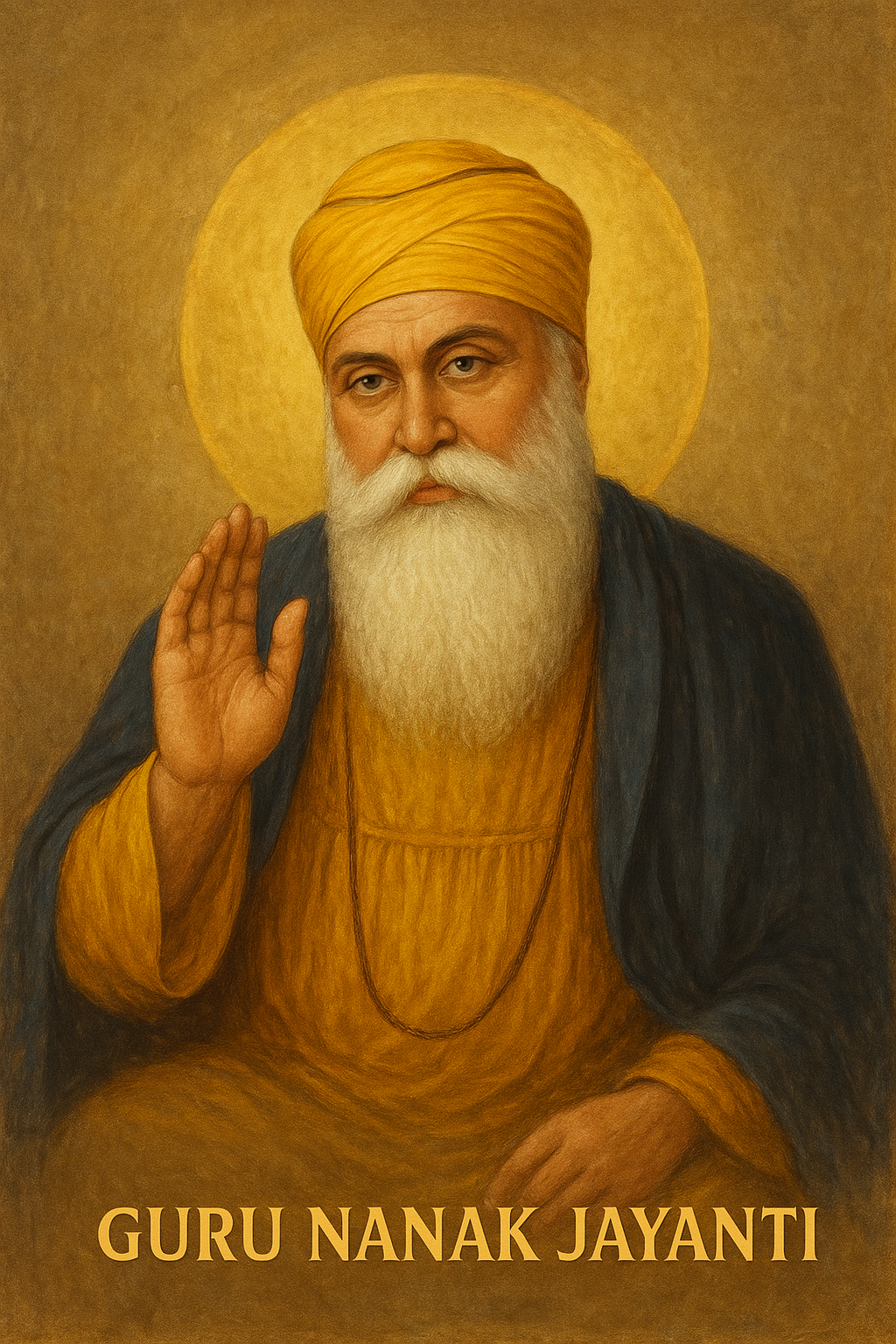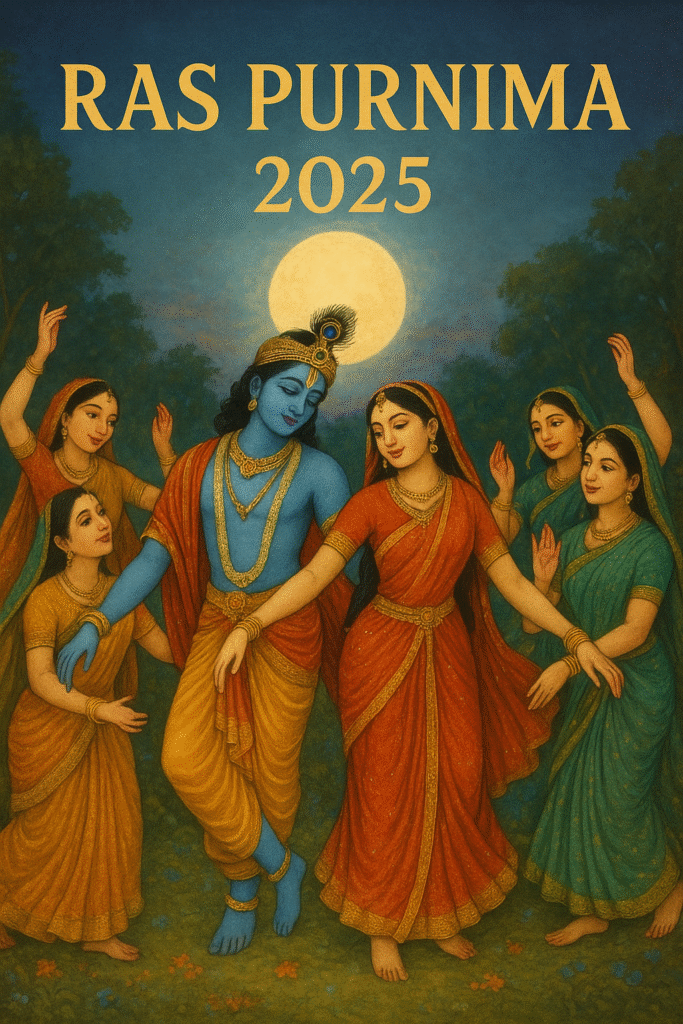Kali Puja 2025: Unveiling the Mysteries of the Goddess

Discover the significance of Kali Puja 2025, including rituals, traditions, and celebrations. Join us in honoring the goddess with devotion and reverence.
Trending News Fox, “Fast. Fierce. First on the Story.”
Digital Desk Team, Kolkata
Edited by Saibal Bose
Kali Puja 2025: Embracing the Fierce Power of the Divine Mother
The autumn air fills with festivity across India. Homes are illuminated with the gentle glow of earthen lamps for Diwali. A powerful and profound worship takes place, especially in the eastern parts of the country. This is Kali Puja. It is also known as Shyama Puja.
It is a night dedicated to the worship of the fierce and compassionate Goddess Kali. In 2025, this significant festival will be observed with immense devotion. It will celebrate the ultimate victory of good over evil. It will honor the primal energy that governs the universe.
Kali Puja 2025: Date and Auspicious Timings
Kali Puja is celebrated on the new moon day (Amavasya) of the Hindu month of Kartika. It coincides with the main day of Diwali celebrations in most parts of India.
In 2025, Kali Puja will be celebrated on Monday, October 20th.
The most auspicious time for the puja is at midnight, known as the Nishita Kaal.
- Amavasya Tithi Begins: 05:47 PM on October 20, 2025
- Amavasya Tithi Ends: 07:44 PM on October 21, 2025
- Kali Puja Nishita Kaal: 11:40 PM (Oct 20) to 12:31 AM (Oct 21)
- Duration of Nishita Kaal: 51 Minutes
Kali Puja 2025: The Legend and Symbolism of Goddess Kali
Goddess Kali is a powerful manifestation of Adi Shakti, the primordial cosmic energy. Her origin story is one of righteous fury. According to scriptures, she emerged from the brow of Goddess Durga during a fierce battle with the demon Raktabija. This demon had a boon. A new demon would spring forth from every drop of his blood that touched the ground. As the battle raged, the gods were helpless.
It was then that Kali appeared. With her dark complexion, lolling red tongue, garland of skulls, and a skirt of severed arms, her form was terrifying. She drank the blood of Raktabija before it could touch the ground, ensuring his defeat and saving the cosmos. However, in her victory-induced rage, she began a dance of destruction that threatened the entire world.
To pacify her, Lord Shiva lay down in her path. As she unknowingly stepped on his chest, she was struck with remorse, her tongue lolling out in shame. This iconic image represents the cessation of destruction and the realization that the power of creation (Shakti) and pure consciousness (Shiva) are inseparable.
Her fierce appearance is symbolic:
- Dark Complexion: Symbolizes her all-encompassing, transcendent nature, beyond all form and colour.
- Garland of Skulls: Symbolizes the 51 letters of the Sanskrit alphabet, the source of all sound and creation.
- Third Eye: Symbolizes wisdom and enlightenment.
- Severed Arms Skirt: Signifies the liberation from the karmic cycle.
Kali Puja 2025: Rituals and Celebrations
Kali Puja is performed with great fervour, especially in West Bengal, Odisha, Assam, and Bihar. The celebrations are a vibrant mix of solemn rituals and joyous festivities.
- Midnight Worship: Unlike most Hindu pujas, Kali Puja is performed late at night. Devotees fast throughout the day and break their fast only after the pushpanjali (flower offering) at midnight.
- Pandals and Idols: Magnificent clay idols of Goddess Kali are crafted and installed in elaborate marquees called pandals. These idols often depict her standing on Lord Shiva.
- Offerings: The Goddess is adorned with red hibiscus flowers, which are her favourite. Offerings typically include sweets, rice, lentils, and fish. In some traditions, a symbolic sacrifice (bali) is made using vegetables like gourds. This act signifies the slaying of the ego.
- Tantric Traditions: Kali Puja has strong associations with Tantra. Great spiritual centres like Kalighat and Tarapith in West Bengal become focal points for ascetics. Devotees conduct special tantric rituals through the night.
- Illumination and Fireworks: Just like Diwali, Kali Puja is a festival of lights. Homes, temples, and pandals are decorated with candles, diyas (earthen lamps), and fairy lights. The night sky is lit up with spectacular fireworks, symbolizing the dispelling of darkness and ignorance.
Much of India worships Goddess Lakshmi on this night. She is the bestower of wealth and prosperity. Meanwhile, eastern India celebrates the fierce power of Kali. She destroys negativity to pave the way for new beginnings. Both traditions, nevertheless, share the same underlying message: the triumph of light over darkness.
Kali Puja 2025: Frequently Asked Questions (FAQ)
1. When is Kali Puja in 2025?
Kali Puja will be celebrated on the night of Monday, October 20, 2025. The most auspicious time for worship is called the Nishita Kaal. It is from 11:40 PM on October 20th to 12:31 AM on October 21st.
2. What is the difference between Durga Puja 2025 and Kali Puja 2025?
Durga Puja 2025 is a ten-day festival. It is primarily celebrated over the last five days in the month of Ashwin. The festival celebrates Goddess Durga’s victory over the buffalo demon Mahishasura. Kali Puja 2025 is a one-night festival. It is celebrated on the new moon of the next month, Kartika. This festival honours Goddess Kali’s destruction of the demon Raktabija. While both are forms of the same divine mother, their iconography, stories, and rituals are distinct.
3. Why is Kali Puja 2025 celebrated at night?
Goddess Kali is considered the ruler of the night. She is the primal energy of the universe. This energy is often linked to the darkness of the cosmos before creation. The new moon night is considered the darkest night. It is the most potent and appropriate time to invoke her powerful energy. This allows one to seek her blessings to overcome life’s darkness.
4. Is Kali Puja 2025 the same as Diwali 2025?
Kali Puja 2025 is the primary festival celebrated on the day of Diwali 2025 in West Bengal, Odisha, and Assam. North and West India worship Goddess Lakshmi on this day. The essence is the same—celebrating the victory of light over darkness and good over evil. The day is often referred to as ‘Kali Pujo’ or ‘Dipaboli’ in Bengal.
5. What are the main offerings made to Goddess Kali?
The most characteristic offering is the red hibiscus flower. Other offerings include sandalwood paste, incense, and sweets. These sweets are often made from rice pudding or lentils. In certain traditions, there is also the offering of meat or fish. Many devotees now offer vegetables like gourds, pumpkins, or sugarcane as a symbolic sacrifice.
Tags for Kali Puja 2025::
Kali Puja 2025, Shyama Puja, Goddess Kali, Diwali 2025, Hindu festivals, West Bengal festivals, Kartik Amavasya, Indian culture, Divine Feminine, Nishita Puja, Hindu mythology, Raktabija, Indian traditions
Discover more from Trending News Fox
Subscribe to get the latest posts sent to your email.




